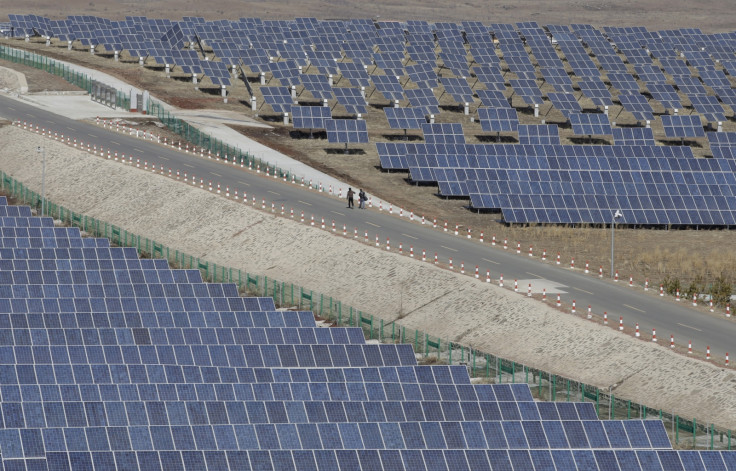New lab-grown bacteria can work like solar panels and outshine plants at photosynthesis
The bacteria apparently have an efficiency level of 80% and produce zero waste.

Researchers at the University of Berkeley have taught bacteria to cover themselves with nanocrystals, which have been found to be better than plants at capturing and making use of the sun's energy.
Scientists believe that this "artificial photosynthesis" is the next step to generating renewable energy through sunlight. The bacteria, when exposed to sunlight, showed 80% efficiency at converting sunlight to energy as opposed to only 2% efficiency of plants, according to a report by phys.org.
Scientists have hailed this as a zero-waste technology as the process is self replicating and self regenerating.
"Rather than rely on inefficient chlorophyll to harvest sunlight, I've taught bacteria how to grow and cover their bodies with tiny semiconductor nanocrystals," says Dr Kelsey K Sakimoto, lead researcher. "These nanocrystals are much more efficient than chlorophyll and can be grown at a fraction of the cost of manufactured solar panels" he added.
Bacteria that was used for this study is a naturally occurring non-photosynthetic organism called Moorella thermoacetica. It is known to produce acetic acid from carbon-dioxide in nature, notes phys.org. "Once covered with these tiny solar panels, the bacteria can synthesize food, fuels and plastics, all using solar energy," Sakimoto says.
These bacteria were fed a mixture of amino acid cysteine and cadmium, which they synthesised into cadmium sulphide that covered their bodies and worked as a semiconductor. "The thrust of research in my lab is to essentially 'supercharge' nonphotosynthetic bacteria by providing them energy in the form of electrons from inorganic semiconductors, like cadmium sulfide, that are efficient light absorbers," said Dr Peidong Yang, who was part of the research team.
While it is not yet known if this technology can be harnessed at an industrial level, its cost advantage is undeniable, notes the report. In a statement, the researchers said that solid electrodes that go into sunlight harvesting systems now are expensive, but the new technology would only require a "big vat out in the sun".
Developments such as this, according to Sakimoto, have the potential to expand the scope of carbon dioxide reduction. Besides, it can act as a replacement for the current reliance on fossil fuels and petrochemicals for energy generation.
© Copyright IBTimes 2025. All rights reserved.





















